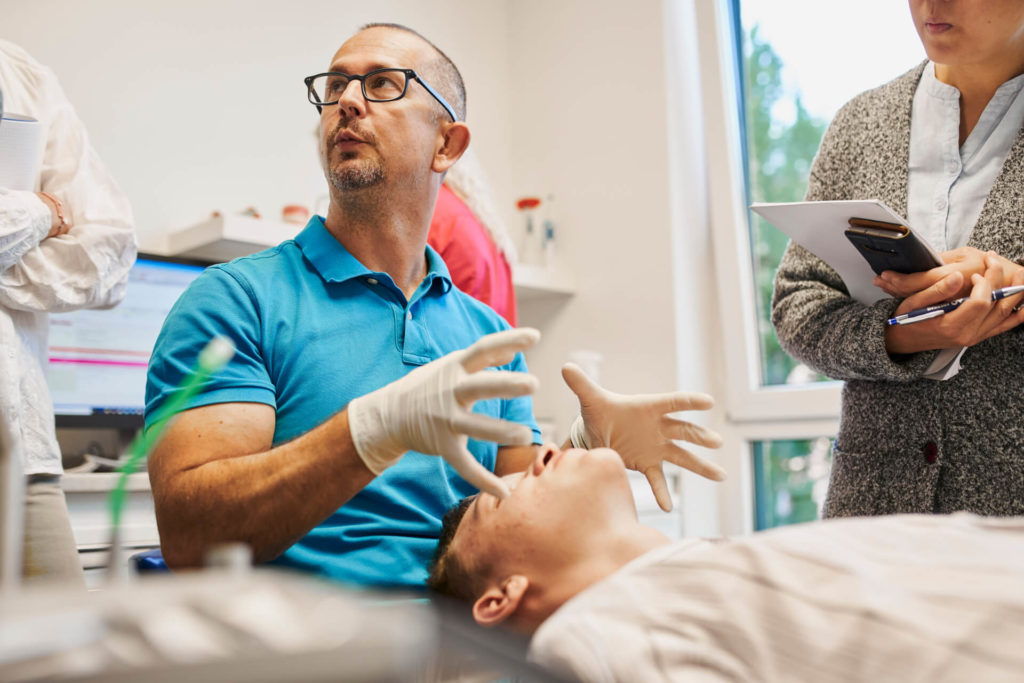Work processes in your practice are closely linked to building worthy habits and performing them in a regular cycle. Only when your team learns to perform automated actions that are to become the standard repertoire of your orthodontic practice do they become a “habit”. Both habits and routines are regular and repeated actions, but habits happen with little or no conscious thought, whereas routines require a much higher degree of intention and effort to stick.
All things considered, habits are not created overnight, instead, they require intimate nurturing. Infamous writer, Charles Duhigg condensed habit-building into three critical steps: the cue, the routine, and the reward. Here, we are also taking references from the nuanced ideas of Daniela Best and Albert Hurtz who distinguished habits between these three phases:
- Information
- Strategy
- Implementation
3 PHASES TO FORM BETTER HABITS
Phase 1: Information
The first phase is to familiarize yourself with the topic in discussion and to extract valuable information required to build a new habit. These can include methods, fundamentals, helpful examples, and above all, an understanding of the meaning. It is important to understand why you’re doing something in order to keep you motivated for longer and generally to make you happy.
Phase 2: Strategy
After you have gained insight on the topic, you will be building a strategy to help build a habit in this second phase. This can include setting up a plan with long, short, or medium-term goals, creating framework conditions, establishing stimuli that trigger a habitual action, rewards, and any other action that helps you orient towards your goal (i.e, building a habit).
Phase 3: Implementation
While the previous phases help you with implementation, it is only until the third phase that you actually get started. Only with constant repetition can you overcome any inner weaknesses and reach your desired goal. It has been shown that this training period can vary in length depending on the level of difficulty.
In order for all this to succeed, you must make your role in this process clear. Syncing again with the music analogy: you’re not only the composer but also the conductor during the performance and any steps you take will directly affect all of your team members. The conscious decision to change must be made by the company management who must stand behind the Lean principles, communicate, and exemplify them.
For lean habits to embroil in your work system, you must take a close look at all the processes and the underlying beat and rhythm. Check every little action, every control appointment, every working day from the time of opening and observe the beat and rhythm. Keep the beat that is helpful to you and introduce new measures that can effortlessly improve your process.

